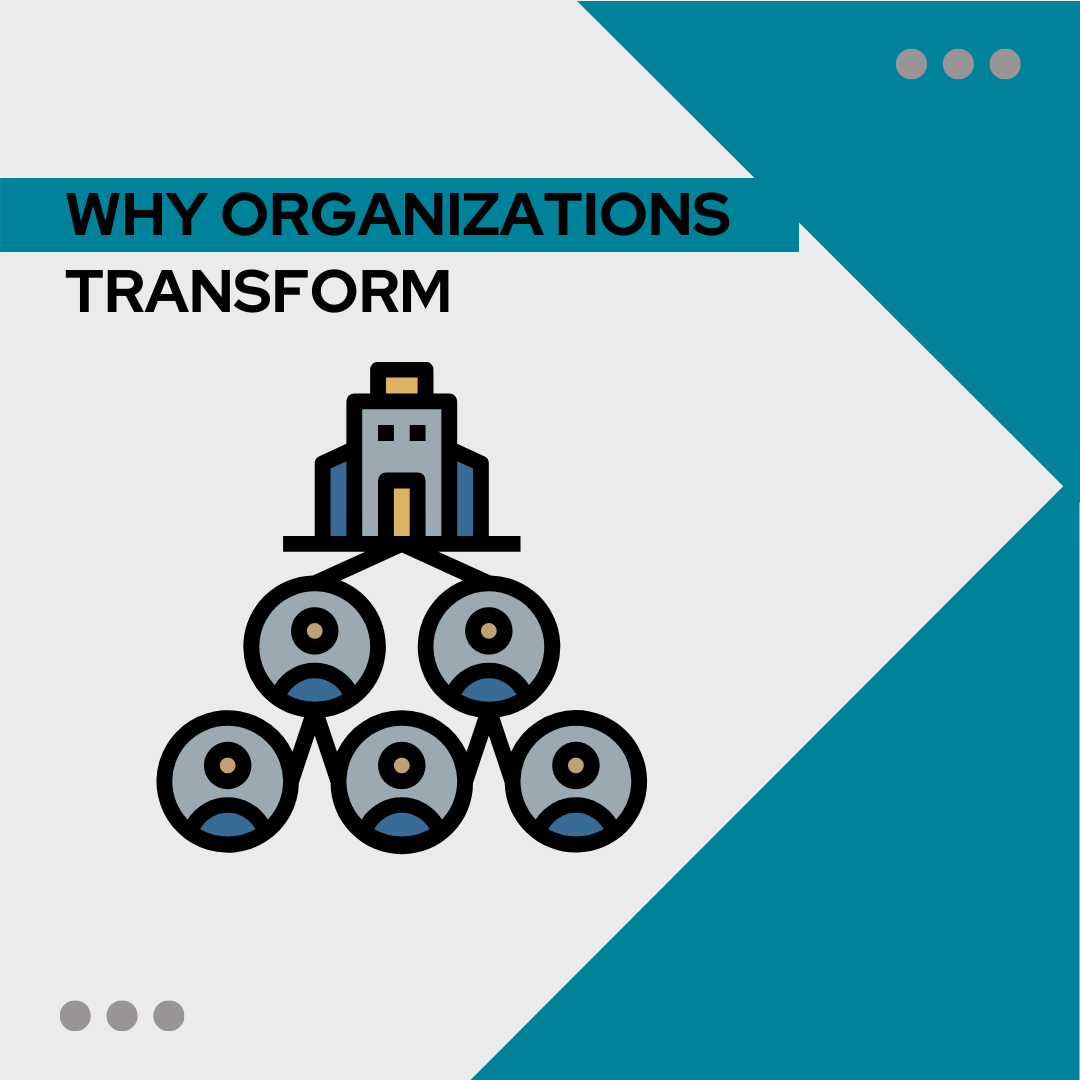A new study released by Deloitte, titled the “2022 Chief Transformation Officer Study” reveals an empirical view of leading practices that enterprises can adopt to maximize success of a transformation program.
When and Why Organizations Transform
The increased frequency, uncertainty, and potential impact of disruptions—the COVID-19 pandemic, the “Great Resignation,” supply chain challenges and more—have forced organizations to re-imagine the nature of transformation in order to adapt to constant changes in the business environment. Survey respondents fell into one of three primary transformation ambitions.
- • Optimize the business, including streamlining operations, improving performance, and building cash reserves to fund investments (37% of respondents)
• Expand the business, including increasing existing revenue streams and entering adjacent markets (42% of respondents)
• Re-imagine the business, including entering new markets and leading disruptive change (21% of respondents)
There is a wide range of external and internal forces that trigger the need for transformation. The survey found three catalysts that were most frequently cited by transformation executives. More than half of survey respondents noted that digital technology opportunities and operational process inefficiency were the top two drivers, while 48% of respondents cited restructuring for growth as the third transformation trigger.
Keys to Successful Transformation
The study found three attributes that serve as leading predictors of successful transformations:
- • C-suite engagement: C-suite buy-in is one of the most accurate predictors of transformation success. This includes the ability to set clear expectations around timing and impact realization, commit meaningful executive time, and articulate a “north star.” Nearly 50% of executives emphasized that a sufficient time horizon to show return on investment is a critical success factor. Additionally, executives who successfully realized their transformation ambition spent 18% of their time guiding and shaping the program. Thirty-eight percent of executives cited that a straightforward, compelling “north star” narrative is critical to success.
- • CTrO dedication: An empowered CTrO, who devotes time and energy to drive the transformation forward, is one of the leading predictors of transformation success. When a CTrO contributed an additional 15% of their time, the probability of success improved by approximately 16%. On average, CTrOs dedicated roughly half of their week to a transformation; however, most believe that driving successful outcomes requires them to increase their commitment to at least 60% to 65%.
- • Financial investment: Sufficient and appropriately distributed investment is a critical success factor for transformation initiatives. Half of survey respondents indicated that their organizations invest between 1% and 5% of annual revenue on transformation programs, and 22% of respondents indicated an investment of 6% to 10% of annual revenue, although many believed their organizations underinvested. Organizations invested the most significant portion of the transformation budget in technology (26%), followed by business changes (19%) and process changes (18%). However, 52% of respondents believe they underinvested in talent, and 31% believe they underinvested in change management and communications initiatives, which can lead to challenges with uptake, behavior change, confidence in the program, or clarity of vision.
The evolving role of the chief transformation officer
Many successful organizations recognize the need for an always-on transformation capability, and today, dedicated transformation leaders, such as chief transformation officer or vice president of transformation with a persistent transformation management office (TMO) have become increasingly commonplace. To help be successful, the chief transformation officer should embody a range of skillsets and should play multiple roles as a strategist (big-picture architect), operator (skilled general manager), technologist (platform and tech architecture impacts), controller (financial custodian), and change champion (people-oriented, storyteller).
CTrOs often toggle between these roles, respondents spend most of their time in the strategist persona (31%), followed by change champion (23%). The majority of CTrOs indicated a desire to spend even more time in the strategist and change champion roles. Survey findings indicate that big thinkers who are also storytellers are more likely to succeed in the role of a CTrO.
To navigate the future with confidence, organizations should make the right choices: clear, timely and inspirational choices that deliver growth in a dynamic, disrupted world. Monitor Deloitte’s strategy practitioners combine deep industry insights with cutting edge methods to help leaders resolve their most critical decisions, drive value, and achieve transformational success.
For more information about Deloitte’s strategy practice and the CTrO study, please visit our website http://www.deloitte.com

